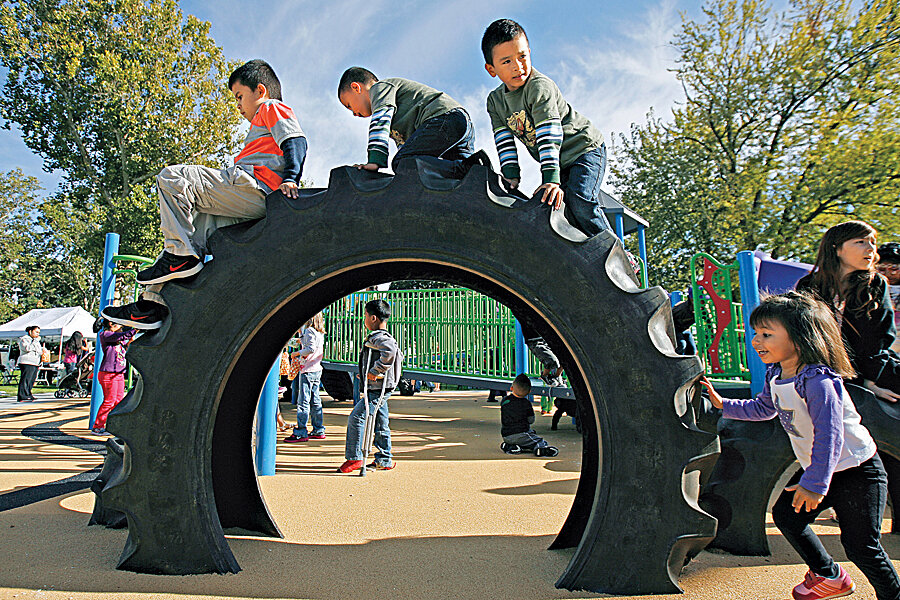Go with tech's flow -- but also say 'no'
Loading...
Pliny the Elder almost certainly made Pliny the Younger’s eyes roll when he started a sentence with “When I was a kid.” There’s always a new fad, technology, dance move, turn of phrase, fashion trend, or funky hairstyle that makes kids today seem less respectful, energetic, intelligent, creative, or ambitious than they were back in the day.
Cranking up the Beatles and Beach Boys on the family hi-fi sent my dad up the wall in the 1960s. The preacher at a pal’s church warned young people away from “paperbacks,” meaning books with racy content such as fast driving, jazzy talking, and – possibly, somewhere, actually on page 53, I think – a tame-by-today’s-standards scene or two involving smooching.
It seems there’s always trouble in River City. If it’s not pool halls, it’s comic books. Also: TV, movies, sideburns, bell-bottoms, and pretty much all new music beginning in the 1950s and continuing up to and including what was on the radio this morning. Every new wrinkle brings with it concern about what it is doing to kids today. That this happens again and again doesn’t mean the concerns aren’t valid. Technology is always faster and more frictionless. Standards and values are always being assaulted. What a kid can see on a smart phone ranges from useful to appalling.
In a Monitor cover story, Stephanie Hanes examines the “touch-screen generation” – children born in the age of the iPad, iPhone, and other devices that have made machine interactivity a near universal experience. With a swipe, flick, or touch, even toddlers can immerse themselves in the world of apps. What this is doing to them varies child by child and family by family. Some kids are going down the rabbit hole of entertainment and amusement. Some are being guided to educational destinations.
Such mixed outcomes are an old story with new technology. TV has long been a mindless electronic baby sitter in some households, while in others parental guidance and PBS have helped inform and educate. Books and music can distract and titillate but also inspire and connect.
Even the fear that technology is killing the written word has been turned on its head by, well, technology. A 2012 Pew Research Center survey found that 97 percent of Americans between the ages of 18 and 29 use their cellphones to text. Within that age group, the median cellphone owner sends or receives 50 messages a day. Facebook, Twitter, Linked
In, and traditional e-mail account for billions more words. Sure, there’s a lot of shoddy grammar, thematic nonsense, and forced brevity. But ideas are being encoded as words and succinctly communicated. IMHO, that’s something.
Technology is neither good nor bad. You can find constructive apps for kids and websites such as abcya.com and coolmath
games.com to build literacy and numeracy. But sex, violence, invasion of privacy, and worse are a click away, too. So staying on top of new technology is imperative. Stephanie’s cover story includes five tips for parents on managing a child’s digital engagement.
Child-development specialists recommend that for every minute of tech use children should have at least five minutes of talking to real people and doing things other than tapping and swiping. That’s not a bad ratio for the rest of us, too. After all, we all get bugged scrolling up and down the same old screen.
John Yemma can be reached at editor@CSMonitor.com.








